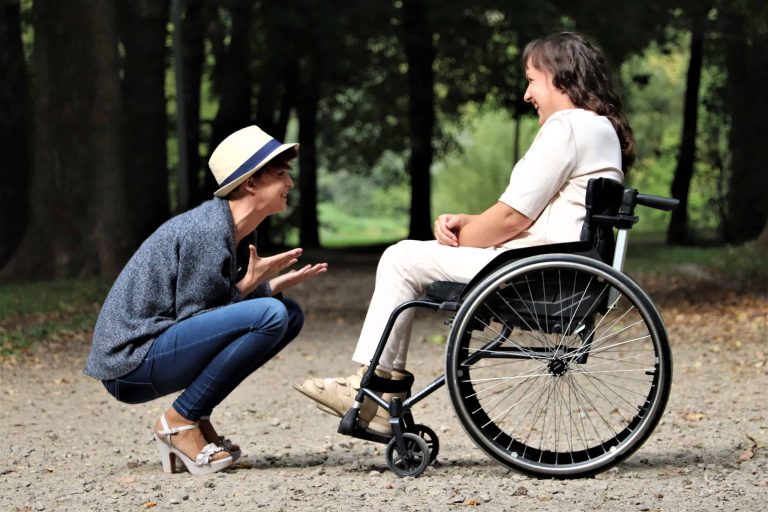How Does Marine Construction Impact Local Ecosystems?
Marine construction, encompassing activities like the building of jetties, piers, harbors, and offshore structures, significantly influences local ecosystems. While these projects support economic development and infrastructure, they often lead to environmental changes that can disrupt marine habitats and biodiversity. Understanding these impacts is crucial for developing sustainable construction practices that minimize ecological damage.
Unveiling the Ripple Effect: How Marine Construction Shapes Local Ecosystems
1. Habitat Destruction and Alteration
One of the most immediate impacts of marine construction is the destruction and alteration of natural habitats. The construction process often involves dredging, land reclamation, and the installation of underwater foundations, which can disturb or destroy sensitive marine environments such as coral reefs, seagrass beds, and mangroves. These habitats are vital for many marine species, providing food, shelter, and breeding grounds.
- Coral Reefs: Construction activities can cause physical damage to coral reefs, breaking apart coral structures and reducing habitat complexity. The sediment stirred up during construction can smother corals, blocking sunlight and hindering photosynthesis.
- Seagrass Beds: These areas can be uprooted by dredging and construction, leading to a loss of habitat for species like dugongs, sea turtles, and numerous fish species.
- Mangroves: Often cleared for coastal development, mangroves are critical for coastal protection and serve as nurseries for many fish and invertebrates. Their removal can lead to increased erosion and loss of biodiversity.
2. Sediment and Water Quality
Marine construction often generates significant sediment plumes, which can have far-reaching effects on water quality and marine life. Sediment runoff increases turbidity, reducing the amount of light that penetrates the water column and affecting photosynthetic organisms like seagrasses and corals. Increased turbidity can also disrupt feeding patterns of filter feeders and fish that rely on clear waters to hunt.
Moreover, the construction process can introduce pollutants such as heavy metals, oils, and chemicals into the water. These pollutants can accumulate in the tissues of marine organisms, causing health problems and potentially entering the human food chain. Additionally, changes in water flow and temperature due to construction can affect local marine life, altering species distributions and ecosystem dynamics.
3. Noise Pollution
Construction activities, especially those involving pile driving and dredging, generate underwater noise that can impact marine organisms. Many marine species, such as whales, dolphins, and fish, rely on sound for communication, navigation, and foraging. Excessive noise pollution can cause:
- Behavioral Changes: Marine animals may alter their feeding, mating, and migratory behaviors to avoid noisy areas, which can impact their survival and reproductive success.
- Hearing Damage: Prolonged exposure to loud construction noises can lead to temporary or permanent hearing loss in marine mammals and fish.
- Stress: Increased noise levels can elevate stress hormones in marine organisms, affecting their overall health and making them more susceptible to disease.
4. Displacement of Species
Marine construction often leads to the displacement of local species. The physical presence of new structures can alter habitat availability and suitability. Species that rely on specific habitats may be forced to move to new areas, potentially leading to increased competition for resources and changes in local biodiversity.
For instance, the construction of a jetty can create hard surfaces where previously there were soft sediments, encouraging colonization by different species such as barnacles and mussels, which can outcompete native species. Additionally, the creation of artificial habitats can attract predators to the area, further disrupting local ecosystems.
5. Changes in Hydrodynamics
Construction projects can alter local hydrodynamic conditions, including currents, wave patterns, and sediment transport processes. These changes can have several ecological consequences:
- Erosion and Accretion: Altered water flow can lead to increased erosion in some areas and sediment deposition in others, affecting coastal habitats and leading to loss of land.
- Water Circulation: Changes in currents can impact the distribution of nutrients and pollutants, influencing primary productivity and water quality.
- Larval Dispersal: Many marine species rely on currents to disperse their larvae. Changes in hydrodynamics can affect larval settlement patterns, influencing population dynamics and community structure.
6. Introduction of Invasive Species
Marine construction can inadvertently facilitate the introduction and spread of invasive species. Construction equipment, materials, and vessels can carry non-native organisms that may establish and spread in the new environment. These invasive species can outcompete native species, alter habitats, and disrupt local ecosystems.
7. Mitigation and Sustainable Practices
To mitigate the negative impacts of marine construction on local ecosystems, several strategies can be employed:
- Environmental Impact Assessments (EIA): Conducting thorough EIAs before starting construction helps identify potential environmental impacts and develop mitigation strategies.
- Sustainable Design: Designing structures to minimize environmental disruption, such as using eco-friendly materials and construction methods.
- Sediment Control Measures: Implementing techniques to control sediment runoff, such as silt curtains and sediment traps.
- Noise Mitigation: Using quieter construction techniques and scheduling noisy activities to avoid critical periods for marine life, such as breeding seasons.
- Habitat Restoration: Restoring habitats after construction, such as replanting seagrasses and mangroves, to support ecosystem recovery.
- Monitoring and Adaptive Management: Continuously monitoring environmental impacts during and after construction to adapt practices as needed to minimize harm.
Conclusion
Marine construction has substantial impacts on local ecosystems, affecting habitats, water quality, species behavior, and biodiversity. By understanding these effects and implementing sustainable construction practices, it is possible to balance the needs for development and environmental preservation. Through careful planning, mitigation, and adaptive management, the goal of minimizing ecological damage while achieving project objectives can be realized.






